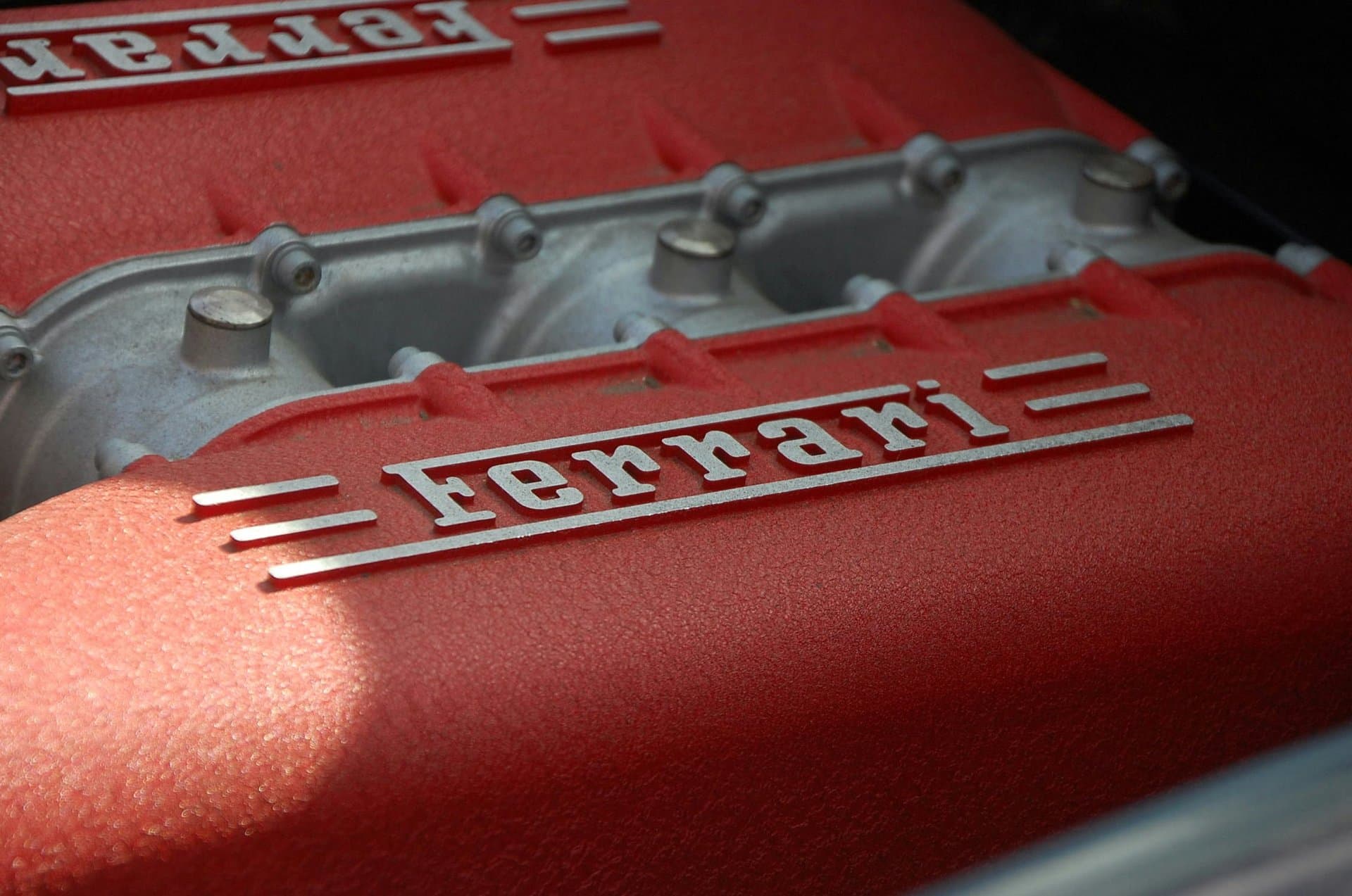Why Ferrari’s 2025 Outlook Defies Tariff Fears: 5 Insights
Discover how Ferrari’s confident 2025 financial guidance weaves product innovation and pricing strategy to overcome U.S. tariff risks, offering lessons in resilience and luxury market savvy.

Key Takeaways
- Ferrari’s 2025 EBITDA forecast stands firm despite U.S. tariffs
- Product mix and personalizations drive strong profitability
- Tariffs could trim profit margins by 50 basis points
- Shipments remain steady, emphasizing quality over quantity
- Share repurchases and cash flow highlight financial strength

Ferrari’s 2025 financial story is one of bold confidence amid swirling trade uncertainties. While many automakers hit the brakes on forecasts due to U.S. tariffs, the iconic Italian luxury brand revved ahead, reporting a 17% jump in first-quarter net profit and reaffirming its full-year guidance. Behind this resilience lies a savvy blend of a pricier product mix, personalized customer demand, and strategic pricing adjustments. Yet, the shadow of tariffs looms, threatening to nibble away at profit margins by 50 basis points. This article unpacks five key insights from Ferrari’s latest results, revealing how the company navigates tariff turbulence while accelerating innovation and exclusivity. Buckle up as we explore Ferrari’s roadmap to sustained luxury market dominance in 2025.
Navigating Tariff Risks
Trade tariffs have become the automotive industry’s unwelcome speed bump in 2025, with U.S. President Donald Trump’s 25% levy on EU car imports rattling many manufacturers. Yet, Ferrari’s approach to this challenge is anything but timid. The company openly acknowledges that these tariffs could shave off 50 basis points—half a percent—from its profit margins in 2025. That might sound like a small dent, but in the high-stakes world of luxury cars, every fraction counts. Instead of retreating, Ferrari raised prices by up to 10% on certain models, a move that could add as much as $50,000 to the cost of a typical Ferrari. This pricing power reflects the brand’s exclusivity and the willingness of its clientele to pay for prestige and personalization. While other automakers like Mercedes and Ford have hit pause on their forecasts, Ferrari’s steady hand signals confidence. It’s a reminder that in finance, acknowledging risks openly while adapting strategies can turn potential setbacks into manageable challenges.
Driving Profit with Product Mix
Ferrari’s first-quarter results reveal a fascinating story: shipments barely budged, up less than 1% to 3,593 cars, yet net revenues soared 13% to 1.79 billion euros. How? The secret sauce lies in the product mix. Ferrari’s lineup includes eight internal combustion engine models and five hybrids, nearly splitting sales evenly between the two. The pricier SF90XX family, the 12Cilindri, and the 499P Modificata models led the charge, alongside increased demand for personalizations—those bespoke touches that turn a Ferrari into a one-of-a-kind masterpiece. CEO Benedetto Vigna emphasized the company’s strategy of “quality of revenues over quantity,” a mantra that prioritizes profitability over sheer volume. This approach not only preserves brand exclusivity but also boosts margins, with EBITDA margin reaching a robust 38.7% in Q1. It’s a vivid example of how luxury brands can thrive by focusing on what truly matters to their customers: unique, high-value offerings rather than mass production.
Steady Shipments, Strong Margins
In a market where volume often steals the spotlight, Ferrari’s steady shipment numbers tell a different tale—one where exclusivity and profitability take center stage. Deliveries in the first quarter inched up by just 0.9%, underscoring a deliberate allocation strategy designed to preserve the brand’s allure. Geographic shifts showed growth in EMEA and the Americas, while Mainland China and other Asia-Pacific regions saw slight declines. Despite this, operating profit (EBIT) surged 22.7% to 542 million euros, with an operating margin of 30.3%. This disconnect between volume and profit highlights Ferrari’s mastery in steering its product portfolio and pricing to maximize returns. It’s a lesson in how luxury automakers can resist the temptation to chase volume at the expense of brand value. For investors, it’s a reassuring sign that Ferrari’s financial engine runs on precision, not just speed.
Cash Flow and Shareholder Value
Beyond profits and shipments, Ferrari’s cash flow story adds another layer to its financial strength. The company generated an impressive 620 million euros in industrial free cash flow during Q1, fueled by strong EBITDA and efficient working capital management. This robust cash generation enabled Ferrari to continue its multi-year share repurchase program, buying back 666,666 common shares for approximately 300 million euros in the quarter alone. Such moves not only signal management’s confidence in the company’s valuation but also enhance shareholder returns by reducing share count. Ferrari’s net industrial debt shrank to 49 million euros from 180 million at year-end 2024, further bolstering its balance sheet. In a world where many automakers grapple with supply chain woes and rising costs, Ferrari’s cash discipline and shareholder-friendly actions stand out as a beacon of financial prudence and strategic foresight.
Innovation Fuels Future Growth
Ferrari’s 2025 playbook isn’t just about weathering tariffs—it’s about accelerating into the future with innovation. The company unveiled the 296 Speciale plug-in hybrid and its convertible sibling, signaling a commitment to electrification without sacrificing performance. More excitingly, Ferrari promises six new models this year, including its first-ever full-electric car expected in early October. This blend of tradition and technology reflects a brand that honors its racing heritage while embracing the electric revolution. CEO Benedetto Vigna’s vision to enrich the product offering aligns with market trends and customer expectations for sustainability and cutting-edge performance. For luxury car enthusiasts and investors alike, Ferrari’s innovation pipeline is a thrilling roadmap that balances exclusivity, environmental responsibility, and profitability—proving that even in a tariff-challenged landscape, the future can be fast and bright.
Long Story Short
Ferrari’s 2025 outlook offers a masterclass in balancing optimism with caution. The company’s commitment to enriching its product lineup, including hybrids and the upcoming full-electric model, fuels profitability even as shipments hold steady. Pricing strategies, including a 10% hike on select models to offset tariffs, underscore Ferrari’s ability to pass costs without sacrificing allure. While the 50 basis points margin risk from U.S. tariffs is real, Ferrari’s robust cash flow, share buybacks, and brand strength cushion the impact. For investors and luxury market watchers, Ferrari’s story is a reminder that innovation and exclusivity can be powerful shields against geopolitical headwinds. As the luxury automotive landscape shifts, Ferrari’s blend of tradition and forward-thinking offers a roadmap worth watching—and learning from.